Home>Garden Essentials>What Is Ramon Seeds
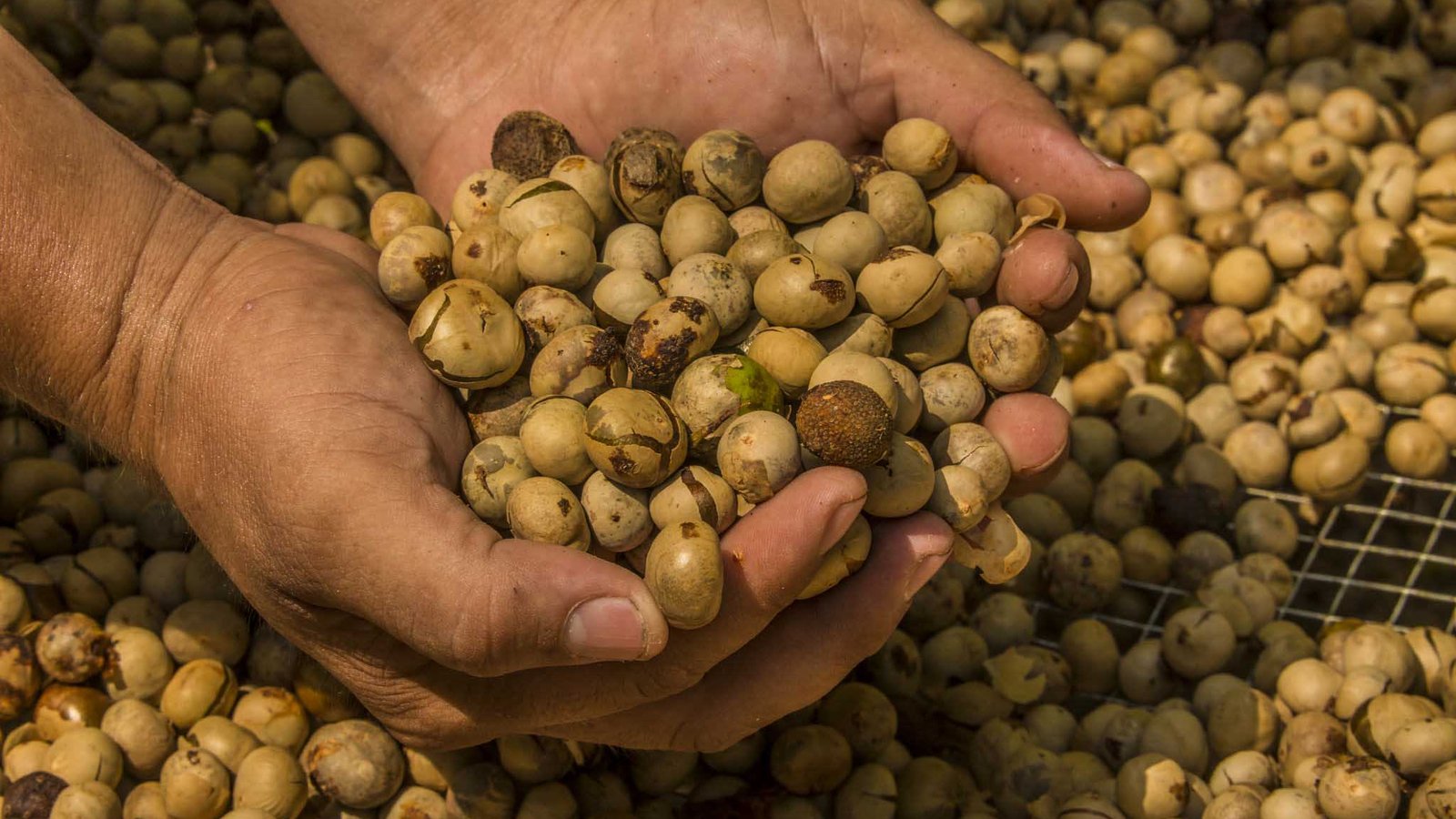

Garden Essentials
What Is Ramon Seeds
Modified: March 24, 2024
Discover the benefits of Ramon seeds for your garden. Learn what Ramon seeds are and how they can enhance your gardening experience.
(Many of the links in this article redirect to a specific reviewed product. Your purchase of these products through affiliate links helps to generate commission for Storables.com, at no extra cost. Learn more)
Introduction
Gardening is a rewarding and fulfilling hobby that brings us closer to nature. It allows us to cultivate beautiful flowers, grow delicious fruits and vegetables, and create a peaceful sanctuary in our outdoor space. Whether you have a sprawling garden or a small balcony, gardening offers endless possibilities for creativity and relaxation.
One of the key elements of successful gardening is having a deep understanding of plants, their growth cycles, and their specific needs. It is this knowledge that sets garden enthusiasts apart and allows them to create thriving green spaces. In this article, we will delve into the world of Ramon Seeds, a fascinating plant with a rich history and numerous uses.
Ramon Seeds, also known as Brosimum alicastrum, are the seeds of the Ramon tree, a species native to the rainforests of Central America. These seeds have been cultivated and utilized by indigenous people for centuries, and are now gaining popularity in various parts of the world.
The Ramon tree is a tall, evergreen tree that belongs to the Moraceae family, which also includes figs and mulberries. It is highly adaptable and can thrive in a range of environments, from tropical rainforests to arid regions. The tree has broad, glossy leaves and produces clusters of small, round fruits.
The history and cultural significance of Ramon Seeds are deeply intertwined with the indigenous communities of Mesoamerica. These seeds were a staple food source for ancient civilizations such as the Maya and the Aztecs, who revered the Ramon tree as the “corn of the forest.” The seeds were ground into flour, which was used to make a variety of traditional dishes.
Today, Ramon Seeds are not only valued for their rich history but also for their numerous characteristics and uses. These seeds have a nutty and slightly sweet flavor, making them a versatile ingredient in both savory and sweet dishes. They are gluten-free, making them an ideal option for those with gluten sensitivities or celiac disease. Ramon Seeds also boast an array of health benefits, making them a highly nutritious addition to any diet.
Furthermore, Ramon Seeds are highly sustainable and environmentally friendly. By incorporating these seeds into our meals, we can contribute to the preservation of rainforests and support the livelihoods of indigenous communities.
In the following sections, we will explore the characteristics and uses of Ramon Seeds in more detail, as well as their nutritional value, cultivation methods, processing techniques, culinary applications, health benefits, and sustainability. Join us on this journey to uncover the wonders of Ramon Seeds and discover how they can enrich our gardening and culinary experiences.
Key Takeaways:
- Ramon Seeds, with their nutty flavor and rich history, offer a sustainable and gluten-free alternative for baking and cooking. They provide essential nutrients and support environmental conservation.
- Cultivating Ramon Seeds supports forest conservation, reduces carbon emissions, and empowers indigenous communities. Their versatile uses and health benefits make them a valuable addition to gardens and kitchens.
Read more: What Is Germinate
History of Ramon Seeds
The history of Ramon Seeds dates back thousands of years and is deeply intertwined with the cultural heritage of the indigenous communities of Mesoamerica. These seeds have been a fundamental part of their diet and have played a significant role in their traditions and rituals.
The Ramon tree (Brosimum alicastrum), also known as the breadnut tree, is native to the tropical rainforests of Central America. It was highly regarded by ancient civilizations such as the Maya and the Aztecs, who considered it a sacred tree and referred to it as the “corn of the forest.”
The Maya civilization, known for its advanced agricultural practices, recognized the nutritional value and versatility of Ramon Seeds. They cultivated the Ramon tree and developed techniques to harvest, process, and incorporate the seeds into their diet. The Maya people used stone tools to crack open the seeds, which were then ground into flour using grinding stones known as metates.
Ramon Seeds provided sustenance and nutrition to these ancient civilizations, especially during times of scarcity. The seeds were plentiful, easy to store, and could be ground into a fine flour that served as a staple ingredient in various dishes. The Maya people used the Ramon Seed flour to make tortillas, porridge, soup, and beverages.
Similarly, the Aztecs held the Ramon tree in high regard and considered it a symbol of fertility and abundance. The seeds were an integral part of their diet and culture, and their consumption was associated with prosperity and endurance. The Aztecs also used the Ramon Seeds as a currency in their trading activities.
With the arrival of the Spanish conquistadors in the 16th century, the cultivation and consumption of Ramon Seeds declined. The Spanish colonizers introduced new crops and disrupted the traditional food systems of the indigenous communities. Ramon Seeds were gradually replaced by other staples such as maize and wheat.
However, in recent years, there has been a resurgence of interest in traditional and indigenous foods. People around the world are rediscovering the nutritional and cultural value of Ramon Seeds and incorporating them into their diets. Indigenous communities in Central America are also working to promote the cultivation and sustainable harvest of Ramon Seeds, thus preserving their cultural heritage and supporting their livelihoods.
The history of Ramon Seeds is a testament to the deep connection between humans and nature. It showcases the wisdom of ancient civilizations and the importance of preserving traditional knowledge. By embracing Ramon Seeds, we not only honor the traditions of indigenous communities but also contribute to a more sustainable and diverse food system.
Characteristics and Uses of Ramon Seeds
Ramon Seeds possess unique characteristics that make them a valuable ingredient in various culinary creations. Let’s explore the distinct qualities of these seeds and discover the many ways they can be used.
1. Flavor: Ramon Seeds have a nutty and slightly sweet flavor that adds depth and richness to dishes. This versatile taste profile allows them to be used in both sweet and savory recipes, making them a flexible ingredient in the kitchen.
2. Gluten-Free: Ramon Seeds are naturally gluten-free, making them an excellent option for individuals with gluten sensitivities or those following a gluten-free diet. This quality, combined with their nutritional value, makes Ramon Seeds a popular choice in the realm of gluten-free cooking and baking.
3. Nutritional Value: Ramon Seeds are a powerhouse of nutrients. They are rich in fiber, protein, and essential fatty acids, including omega-3 and omega-6. Additionally, they contain important minerals such as calcium, iron, potassium, and zinc, as well as vitamins B and E. Incorporating Ramon Seeds into your meals can boost the nutritional profile of your diet.
4. Versatility: Ramon Seeds can be used in a range of culinary applications. They can be ground into a fine flour and used as a substitute for other flours in baking recipes, adding a unique flavor and nutritional boost to bread, cookies, and pancakes. Ramon Seed flour can also be used as a thickening agent in soups, stews, and sauces.
5. Beverage Ingredient: Ramon Seed flour can be used to make a variety of delicious and nutritious beverages. It can be mixed with water or milk to create a refreshing and satisfying drink. The nutty flavor of Ramon Seeds adds a delightful twist to smoothies and shakes.
6. Snack Option: Roasted Ramon Seeds make for a delightful and nutritious snack. Simply dry roast the seeds in a pan until they turn slightly golden, and then season them with spices or a sprinkle of salt for added flavor. These roasted seeds can be enjoyed on their own or used as a topping for salads, yogurt, or desserts.
7. Vegan and Plant-Based Cooking: Ramon Seeds are an excellent ingredient for those following a vegan or plant-based diet. With their impressive nutritional profile and versatility, they can be used to create nourishing and flavorful plant-based dishes.
8. Eco-Friendly Ingredient: Ramon Seeds have a minimal environmental impact. The Ramon tree is highly sustainable, as it requires little water and thrives in diverse ecosystems. By incorporating Ramon Seeds into our diet, we support the cultivation of a plant that benefits both our health and the health of the planet.
Overall, Ramon Seeds offer a unique combination of flavor, nutritional value, and culinary versatility. Whether as a flour substitute, a beverage ingredient, or a wholesome snack, these seeds provide an exciting opportunity to explore new dimensions of taste and nourishment in your kitchen.
Nutritional Value of Ramon Seeds
Ramon Seeds are not only delicious and versatile but also pack a powerful punch when it comes to their nutritional profile. These seeds are packed with essential nutrients that contribute to overall health and well-being. Let’s take a closer look at the nutritional value of Ramon Seeds.
1. Protein: Ramon Seeds are an excellent source of plant-based protein. They contain all nine essential amino acids, making them a complete protein source. With approximately 20 grams of protein per 100 grams, Ramon Seeds can be a valuable addition to vegetarian and vegan diets, as well as for those looking to increase their protein intake.
2. Dietary Fiber: Ramon Seeds are rich in dietary fiber, which plays a crucial role in supporting a healthy digestive system. Fiber helps promote regular bowel movements, aids in managing weight, and can contribute to a feeling of fullness after meals. Incorporating Ramon Seeds into your diet can help increase your daily fiber intake and support overall digestive health.
3. Healthy Fats: Ramon Seeds are a good source of healthy fats. These fats include omega-3 and omega-6 fatty acids, which are essential for various body functions, such as maintaining proper brain function and supporting heart health. Consuming Ramon Seeds can help promote a healthy balance of fats in your diet.
4. Vitamins and Minerals: Ramon Seeds are packed with essential vitamins and minerals. They are rich in calcium, which is essential for maintaining healthy bones and teeth. Ramon Seeds also contain iron, which is crucial for the production of red blood cells. Additionally, they provide potassium, which is important for maintaining proper fluid balance in the body.
5. Antioxidants: Ramon Seeds are a natural source of antioxidants, which help protect the body’s cells from oxidative stress. Antioxidants play a key role in reducing the risk of chronic diseases and may have anti-inflammatory properties.
6. Low Glycemic Index: Ramon Seeds have a low glycemic index, meaning they cause a slower and more gradual increase in blood sugar levels compared to high glycemic index foods. This quality makes Ramon Seeds a suitable option for individuals with diabetes or those looking to manage their blood sugar levels.
7. Gluten-Free: Ramon Seeds are naturally gluten-free, making them a suitable choice for individuals with gluten sensitivities or celiac disease. They can be used as a gluten-free alternative to traditional flours in baking and cooking.
Incorporating Ramon Seeds into your diet can offer numerous health benefits. From providing a high-quality source of plant-based protein to supporting digestion and contributing to overall nutrient intake, these seeds are truly a nutritional powerhouse.
Whether you choose to enjoy Ramon Seeds as a flour substitute, a protein-rich ingredient in meals, or a nutrient-dense snack, you can feel confident in the nutritional value they bring to your plate.
Cultivation and Harvesting of Ramon Seeds
The cultivation and harvesting of Ramon Seeds require a deep understanding of the tree’s growth habits and the specific requirements for a successful harvest. Let’s explore the process of cultivating and harvesting Ramon Seeds.
Cultivation:
Ramon trees are typically found in tropical rainforests and can thrive in a range of environments, from wet and humid regions to drier areas. They prefer well-drained soil and require a moderate amount of sunlight to grow. These trees can reach heights of up to 30 meters and have a lifespan of around 75 years.
Ramon seeds can be cultivated by planting the seeds directly in the ground or by starting them in containers and later transplanting them. The seeds should be planted in a well-prepared soil bed, with a depth of around 2-3 centimeters. It is recommended to plant multiple seeds to increase the chances of successful germination.
Once planted, the seeds require regular watering to promote germination and seedling growth. The young seedlings should be monitored for pests and diseases and provided with proper care, including regular watering and protection from extreme weather conditions.
Harvesting:
The time it takes for Ramon trees to bear fruit and produce viable seeds varies, but it can range anywhere from 6 to 10 years. Patience is key when cultivating these trees, as they require time to establish themselves before they can produce a significant yield.
The Ramon tree produces small, round fruits that turn from green to yellowish-brown when ripe. These fruits contain the valuable Ramon Seeds. When the fruits are fully ripened, they can be harvested from the tree.
To harvest the Ramon fruits, they can either be hand-picked from the tree or collected from the ground after they have naturally fallen. The fallen fruits are usually collected using nets or cloths placed beneath the tree to catch them and prevent damage.
Once the fruits are collected, they should be opened carefully to extract the Ramon Seeds. The seeds are enclosed in a thick and fibrous husk, which needs to be removed to reveal the inner seed. The extracted seeds can then be washed and dried to prepare them for further processing and storage.
Cultivating and harvesting Ramon Seeds requires dedication and patience, as it can take several years for the trees to reach maturity. However, the reward is a bountiful supply of nutritious seeds that can be enjoyed in a variety of culinary creations.
By supporting sustainable cultivation practices and respecting the natural growth cycle of Ramon trees, we can ensure the long-term availability of these valuable seeds and contribute to the preservation of their unique flavor and nutritional benefits.
Ramon seeds come from the ramon tree, also known as the breadnut tree. They are a good source of protein, fiber, and essential nutrients. Ramon seeds can be roasted and eaten as a snack, or ground into a flour for baking.
Read more: What Is A Seed?
Processing and Preparation of Ramon Seeds
Processing and preparing Ramon Seeds is an essential step before they can be used in various culinary applications. This process involves removing the outer husk, cleaning the seeds, and properly storing them for future use. Let’s explore the steps involved in processing and preparing Ramon Seeds.
1. Removal of Outer Husk:
Once the Ramon fruits are harvested, the first step in processing the seeds is to remove the outer husk. The husk is thick and fibrous, and it needs to be cracked open to access the inner seed. This can be done by using a sharp knife or cracking tool to carefully break through the husk without damaging the seed inside.
2. Cleaning the Seeds:
After the husk is removed, the Ramon Seeds need to be cleaned to remove any remaining husk fragments or debris. The seeds can be rinsed under running water or soaked in water to facilitate the cleaning process. Gently agitating the seeds with your hands can help loosen any remaining husk particles.
3. Drying the Seeds:
Once the seeds are clean, they should be dried thoroughly before storage or further processing. Placing them in a single layer on a clean and dry surface, such as a baking sheet or a wire rack, allows air to circulate around the seeds and aids in the drying process. It is important to ensure that the seeds are completely dry before proceeding to the next step, as moisture can lead to mold or spoilage.
4. Storage:
Proper storage is crucial to maintain the freshness and quality of Ramon Seeds. The dried seeds should be stored in airtight containers, such as glass jars or resealable bags, in a cool, dry, and dark location. This helps to protect them from moisture, light, and air exposure, which can degrade their flavor and nutritional value. Stored properly, Ramon Seeds can remain fresh for months.
5. Further Processing:
Ramon Seeds can be further processed into flour or other forms for ease of use in various recipes. To make Ramon Seed flour, the dried seeds can be ground using a high-powered blender or a spice grinder until they reach a fine powder consistency. This flour can then be used as a gluten-free alternative to wheat flour in baking recipes or as a thickening agent in soups and sauces.
6. Soaking or Roasting:
Depending on the desired texture and flavor, Ramon Seeds can be soaked or roasted before use. Soaking the seeds in water overnight can help soften them and reduce their cooking time. Roasting the seeds in a dry pan or in the oven can enhance their nutty flavor and add a delightful crunch. Roasted Ramon Seeds make a tasty and nutritious snack on their own or can be used as a topping for salads, yogurt, or desserts.
Processing and preparing Ramon Seeds not only ensures their cleanliness but also maximizes their potential in culinary creations. By following these steps, you can unlock the unique flavors and nutritional benefits of Ramon Seeds and fully enjoy their versatility in your favorite recipes.
Culinary Uses of Ramon Seeds
Ramon Seeds are a versatile ingredient that can be used in a variety of culinary creations. From flavorful main dishes to delectable desserts, these seeds add a unique twist to any recipe. Let’s explore some of the culinary uses of Ramon Seeds and how they can enhance your meals.
1. Ramon Seed Flour:
One of the most common culinary uses of Ramon Seeds is grinding them into a fine flour. Ramon Seed flour can be used as a gluten-free alternative to traditional flours in baking recipes. It adds a nutty and slightly sweet flavor to bread, cookies, pancakes, and other baked goods. You can replace a portion or the entirety of the wheat flour in your favorite recipes with Ramon Seed flour for a unique and nutritious twist.
2. Thickening Agent:
Ramon Seed flour can also be used as a thickening agent in soups, stews, and sauces. Its fine texture and high fiber content help to create a smooth and creamy consistency. Simply mix the Ramon Seed flour with a small amount of liquid to form a slurry, and then add it to your dish, stirring continuously until the desired thickness is achieved.
3. Beverages:
Ramon Seeds can be used to create delicious and nutritious beverages. You can grind the seeds into a fine powder and add it to smoothies, shakes, or homemade nut milk. The nutty flavor of the seeds adds a delightful twist to your favorite drinks, providing an extra boost of nutrition along with a unique taste.
4. Savory Dishes:
Ramon Seeds can be incorporated into savory dishes to add a nutty flavor and a nutritional boost. You can sprinkle the roasted seeds over salads, soups, or grain bowls for added texture and taste. They can also be ground and used as a coating for tofu, vegetables, or meat alternatives to create a flavorful crust when pan-fried or baked.
5. Snacks:
Roasted Ramon Seeds make for a delicious and nutritious snack. Simply dry roast the seeds in a pan until they turn slightly golden, and then season them with spices or a sprinkle of salt for added flavor. These roasted seeds can be enjoyed on their own or used as a topping for trail mixes, yogurt, or desserts.
6. Desserts:
Ramon Seeds can be incorporated into desserts to add a unique flavor and texture. You can use Ramon Seed flour in recipes for cookies, cakes, muffins, and other sweet treats. You can also grind the seeds to create a coarse meal and use it as a crunchy topping for pies, crumbles, or ice cream.
Ramon Seeds offer endless possibilities in the kitchen, allowing you to experiment and get creative with your culinary creations. With their nutty flavor, versatile texture, and nutritional benefits, these seeds can elevate your dishes and provide a delightful twist to your mealtime adventures.
Health Benefits of Ramon Seeds
Ramon Seeds not only add a unique flavor and texture to your meals but also offer a range of health benefits. From providing essential nutrients to supporting overall well-being, these seeds are a nutritious addition to any diet. Let’s explore some of the health benefits that Ramon Seeds have to offer.
1. Nutrient-Rich:
Ramon Seeds are packed with nutrients essential for a healthy diet. They are a rich source of plant-based protein, providing all nine essential amino acids needed by the body. Additionally, Ramon Seeds contain important minerals like calcium, iron, potassium, and zinc, as well as vitamins B and E. Incorporating Ramon Seeds into your meals can help meet your nutritional needs and promote overall health.
2. High in Dietary Fiber:
Dietary fiber is essential for a healthy digestive system, and Ramon Seeds are an excellent source of this important nutrient. Consuming foods high in dietary fiber, like Ramon Seeds, can help promote regular bowel movements, support a healthy gut microbiome, and aid in weight management by providing a feeling of fullness.
3. Antioxidant Properties:
Ramon Seeds contain antioxidants that help protect the body against oxidative stress. Antioxidants play a crucial role in reducing the risk of chronic diseases and promoting overall health. By incorporating Ramon Seeds into your diet, you can increase your intake of these valuable antioxidants and support your body’s defense against free radicals.
4. Heart Health:
The healthy fats found in Ramon Seeds, including omega-3 and omega-6 fatty acids, can help support heart health. These fats have been shown to promote healthy cholesterol levels and reduce the risk of cardiovascular diseases. Including Ramon Seeds in your diet as a source of healthy fats can contribute to maintaining a healthy heart.
5. Blood Sugar Management:
Ramon Seeds have a low glycemic index, meaning they cause a slower and more gradual increase in blood sugar levels compared to high glycemic index foods. This quality can be beneficial for individuals with diabetes or those looking to manage their blood sugar levels. Including Ramon Seeds as part of a balanced diet can help maintain stable blood sugar levels and promote overall blood glucose management.
6. Gluten-Free Option:
Ramon Seeds are naturally gluten-free, making them an excellent alternative for individuals with gluten sensitivities or celiac disease. They can be used as a gluten-free flour substitute in baking, allowing those with dietary restrictions to enjoy a variety of delicious recipes without sacrificing taste or texture.
7. Weight Management:
Due to their high fiber content and protein, Ramon Seeds can contribute to a healthy weight management plan. The combination of fiber and protein helps promote satiety and reduces the likelihood of overeating. Including Ramon Seeds in meals can help you feel full and satisfied, supporting your weight management goals.
Incorporating Ramon Seeds into your diet can offer numerous health benefits. From their nutrient-rich profile to their supportive effects on heart health and blood sugar management, these seeds are a valuable addition to a balanced and wholesome diet.
As with any dietary addition, it’s important to consume Ramon Seeds in moderation and as part of a varied and well-balanced eating plan. Consult with a healthcare professional or a registered dietitian for personalized advice regarding your specific nutritional needs and any dietary concerns you may have.
Sustainability and Environmental Impact
Ramon Seeds not only offer numerous health benefits but also have a positive impact on the environment and promote sustainability. Let’s explore the sustainability and environmental aspects of Ramon Seeds.
1. Forest Conservation:
The Ramon tree (Brosimum alicastrum), from which Ramon Seeds are derived, is native to tropical rainforests, particularly in Central America. By cultivating and utilizing Ramon Seeds, we can help promote the conservation and preservation of these vital forest ecosystems. Supporting sustainable practices, such as agroforestry systems that incorporate Ramon tree cultivation, can contribute to maintaining biodiversity and protecting the habitats of countless plant and animal species.
2. Low Environmental Impact:
Ramon Seeds are derived from a tree species that is highly sustainable and has a low environmental impact. The Ramon tree is adaptable and can thrive in various ecological conditions without requiring extensive inputs such as fertilizers or pesticides. It also requires less water compared to other crops, making it an efficient and environmentally friendly option for agricultural practices.
3. Carbon Sequestration:
Ramon trees play an important role in carbon sequestration, helping to mitigate climate change. They absorb carbon dioxide from the atmosphere and store it in their woody biomass. By cultivating Ramon trees for their seeds, we contribute to the reduction of greenhouse gases, thus helping to combat climate change and promote a healthier environment.
4. Support for Indigenous Communities:
The cultivation and utilization of Ramon Seeds can also have a positive impact on indigenous communities. Historically, these communities have revered the Ramon tree and relied on its seeds for sustenance, cultural practices, and economic activities. By supporting the sustainable cultivation, harvest, and trade of Ramon Seeds, we can contribute to the preservation of traditional knowledge, support local economies, and empower indigenous communities.
5. Wildlife Habitat:
The Ramon tree provides a habitat and food source for various wildlife species. Birds, mammals, and insects depend on the tree for shelter, nesting, and food. By preserving and cultivating Ramon trees, we create and maintain a thriving ecosystem that supports the biodiversity of the surrounding environment.
6. Alternatives to Deforestation:
Ramon Seeds offer an alternative to deforestation by providing economic value without the need to clear land for traditional agriculture or logging activities. By promoting the cultivation and utilization of Ramon Seeds, we reduce pressure on forests and help conserve valuable natural resources.
Incorporating Ramon Seeds into our diets and supporting their sustainable cultivation and harvest practices can contribute to environmental conservation, support indigenous communities, and promote a more sustainable and diverse food system. By choosing Ramon Seeds as a pantry staple, we can make a positive impact on the planet and enjoy their unique flavors and nutritional benefits.
Read more: What Are Seeds
Conclusion
Ramon Seeds, with their rich history, versatile culinary uses, and numerous health benefits, are truly a remarkable ingredient. From their cultural significance to their sustainability and environmental impact, these seeds have much to offer to gardeners, food enthusiasts, and individuals passionate about their well-being.
The journey into the world of Ramon Seeds has taken us through the fascinating history of ancient civilizations who revered this seed as a staple food source. It has also introduced us to its characteristic flavors, nutritional value, and diverse culinary applications.
Ramon Seeds bring a unique nutty and slightly sweet flavor to a wide range of dishes. Ground into a flour, they become a gluten-free alternative for baking, making bread, pancakes, and other delights more nutritious and flavorful. These seeds can also be used as a thickening agent in soups and sauces, enhancing the consistency and adding a depth of flavor.
Furthermore, the health benefits of Ramon Seeds cannot be overlooked. With their high protein content, dietary fiber, healthy fats, and rich array of vitamins and minerals, Ramon Seeds offer a nutrient-packed addition to any diet. They support digestive health, contribute to heart health, assist in blood sugar management, and offer antioxidant properties.
Beyond their culinary uses and health benefits, Ramon Seeds promote sustainability and environmental conservation. By cultivating Ramon trees and supporting the sustainable harvesting of their seeds, we can contribute to forest conservation, reduce carbon emissions, and support indigenous communities.
As gardeners and food enthusiasts, we have the opportunity to embrace Ramon Seeds as a valuable addition to our gardening practices and culinary creations. By cultivating Ramon trees in our gardens or supporting sustainable sources, we can enjoy the benefits of fresh, homegrown Ramon Seeds, knowing that we are making a positive impact on the environment.
In conclusion, Ramon Seeds are a treasure to be discovered and appreciated. Their rich history, nutritional value, versatile uses, and sustainable nature make them an extraordinary ingredient that deserves a place in our gardens, kitchens, and ultimately, our lifestyles. Let us embrace the wonders of Ramon Seeds and embark on a journey of culinary exploration and environmental responsibility.
Frequently Asked Questions about What Is Ramon Seeds
Was this page helpful?
At Storables.com, we guarantee accurate and reliable information. Our content, validated by Expert Board Contributors, is crafted following stringent Editorial Policies. We're committed to providing you with well-researched, expert-backed insights for all your informational needs.
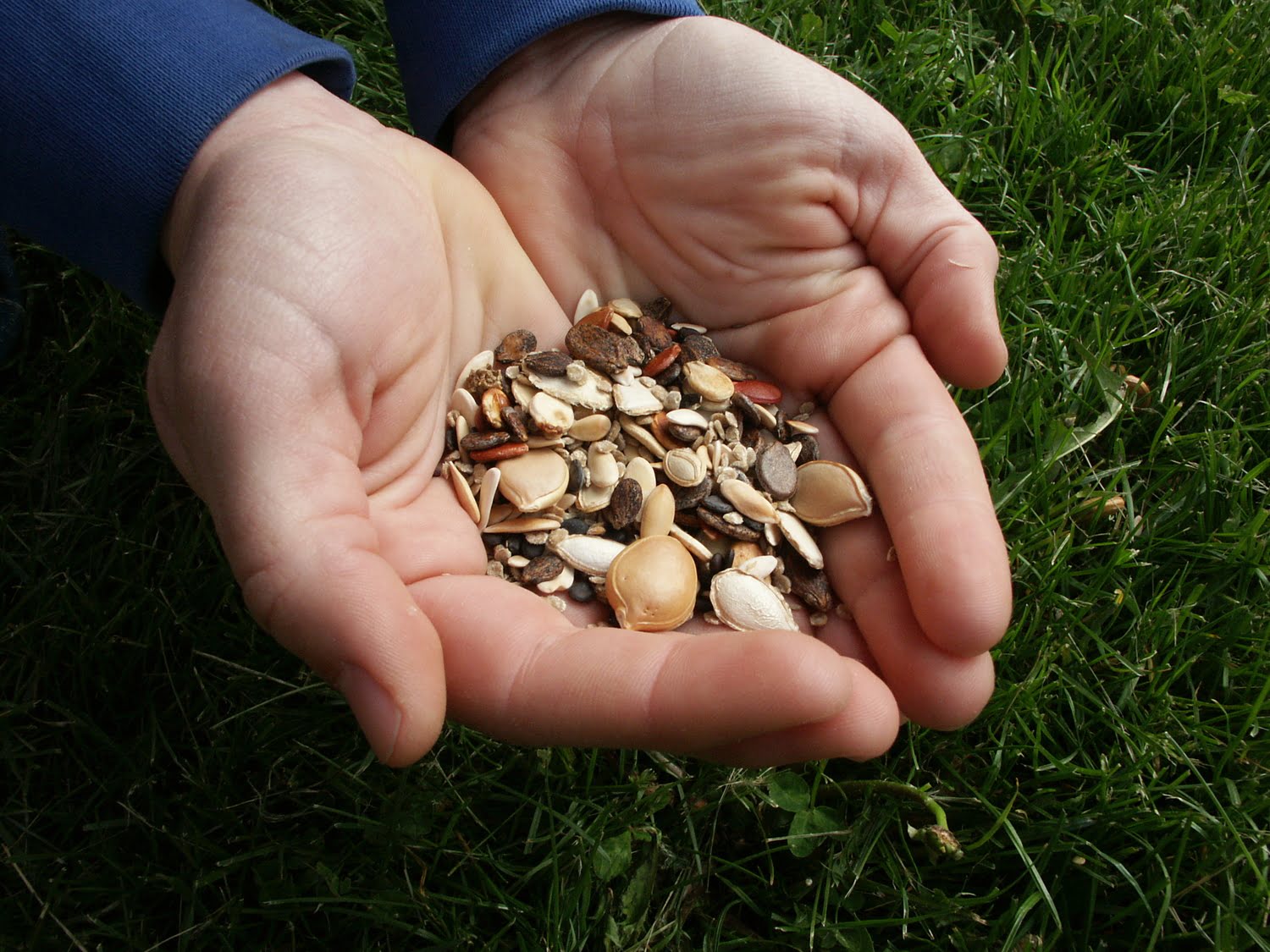
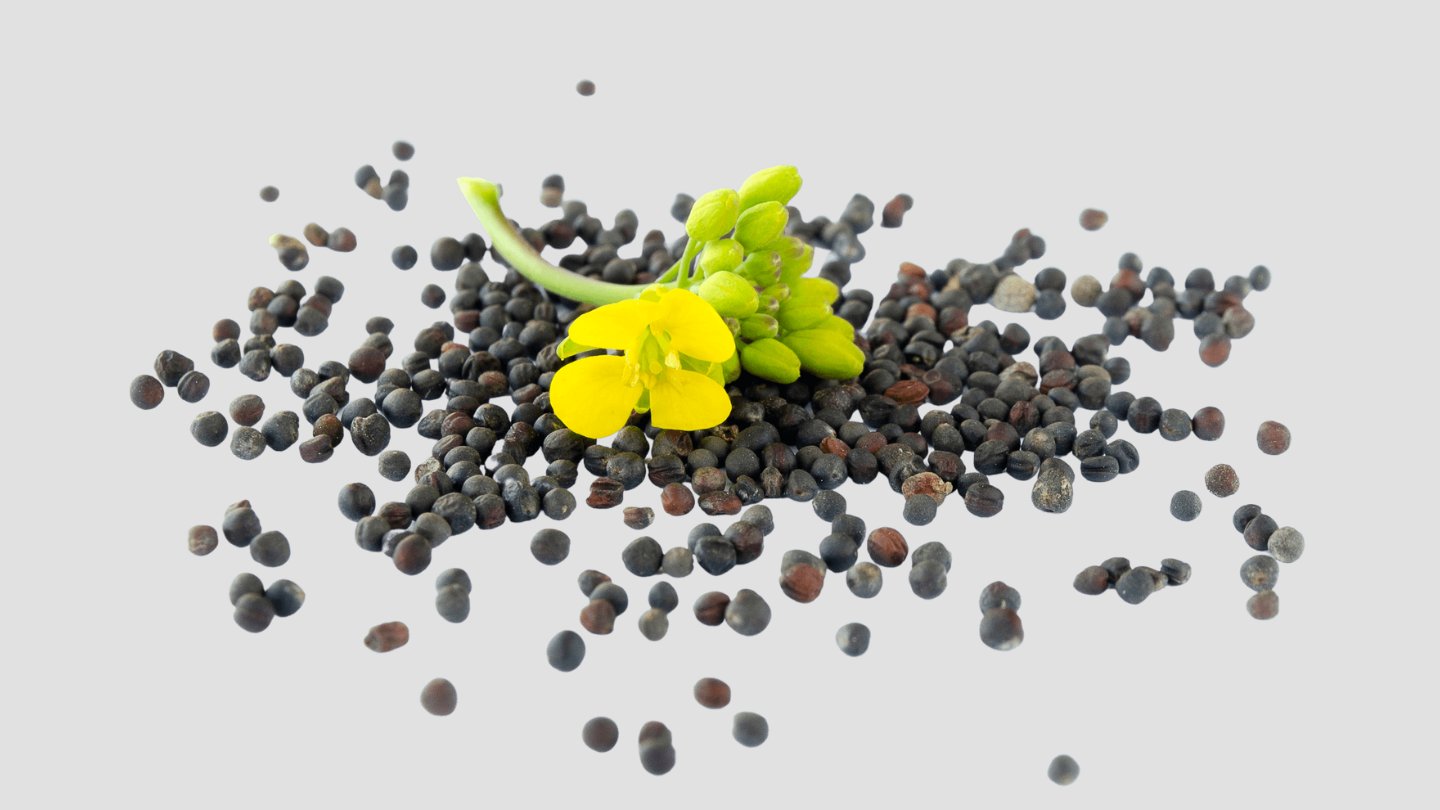
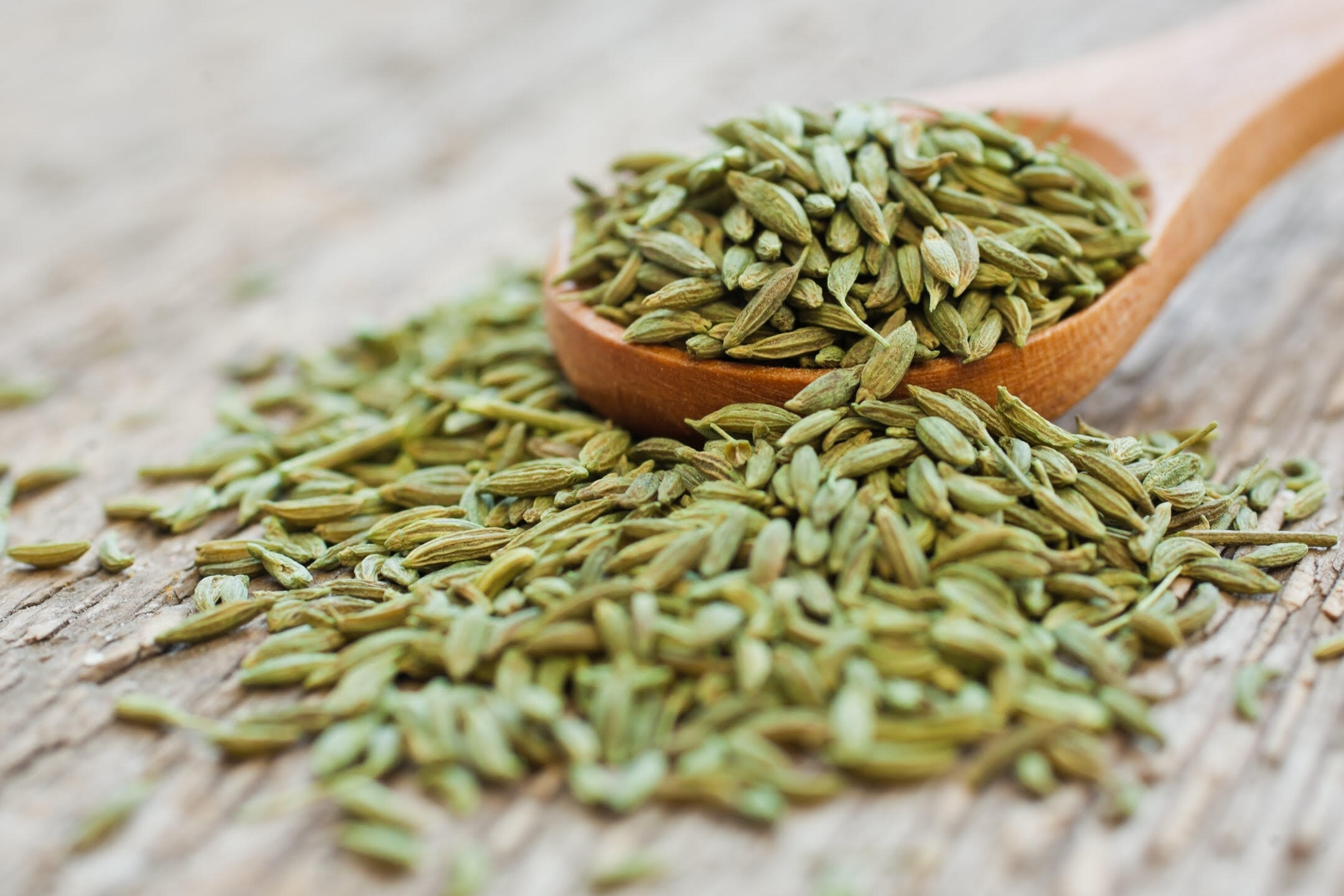
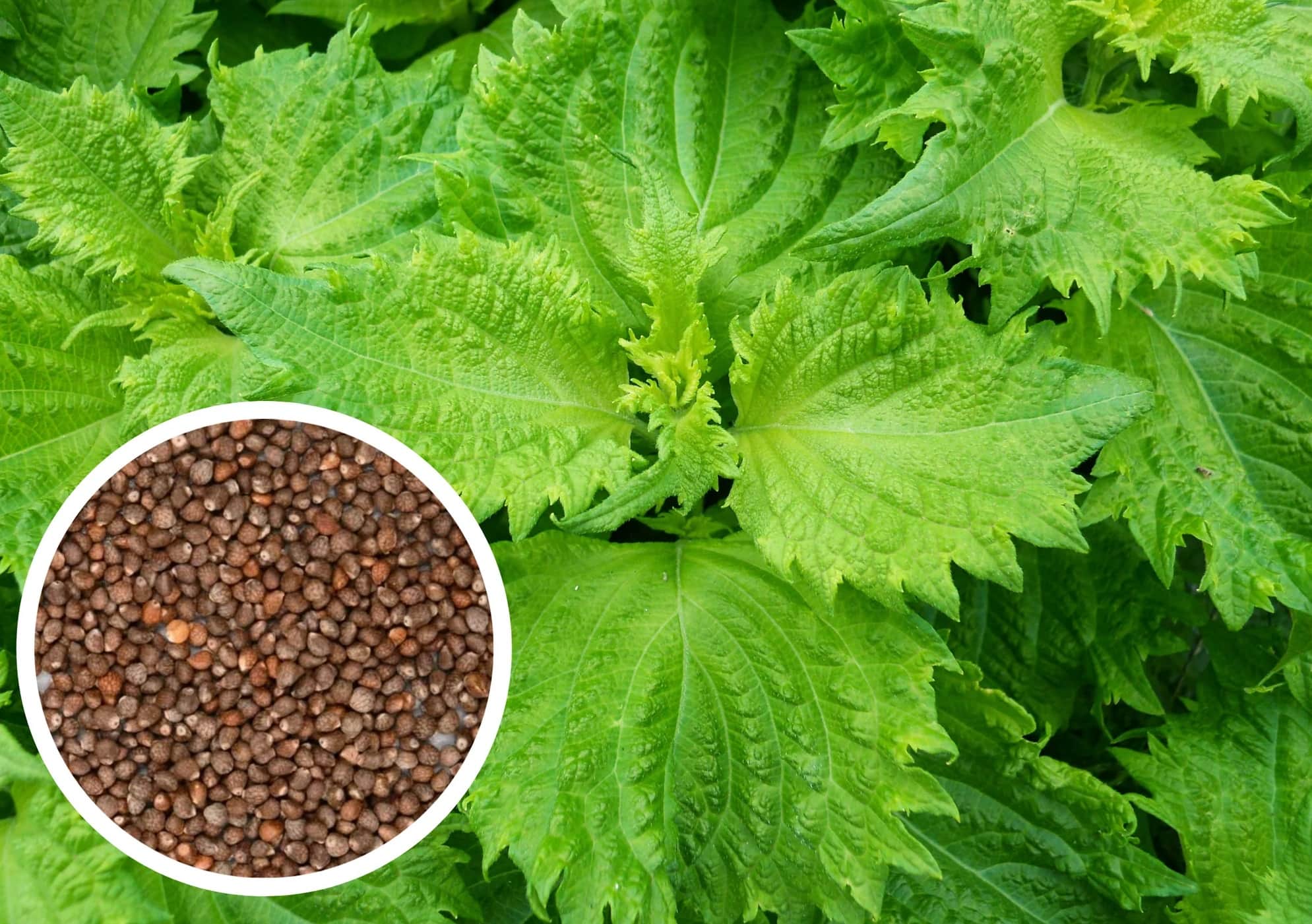
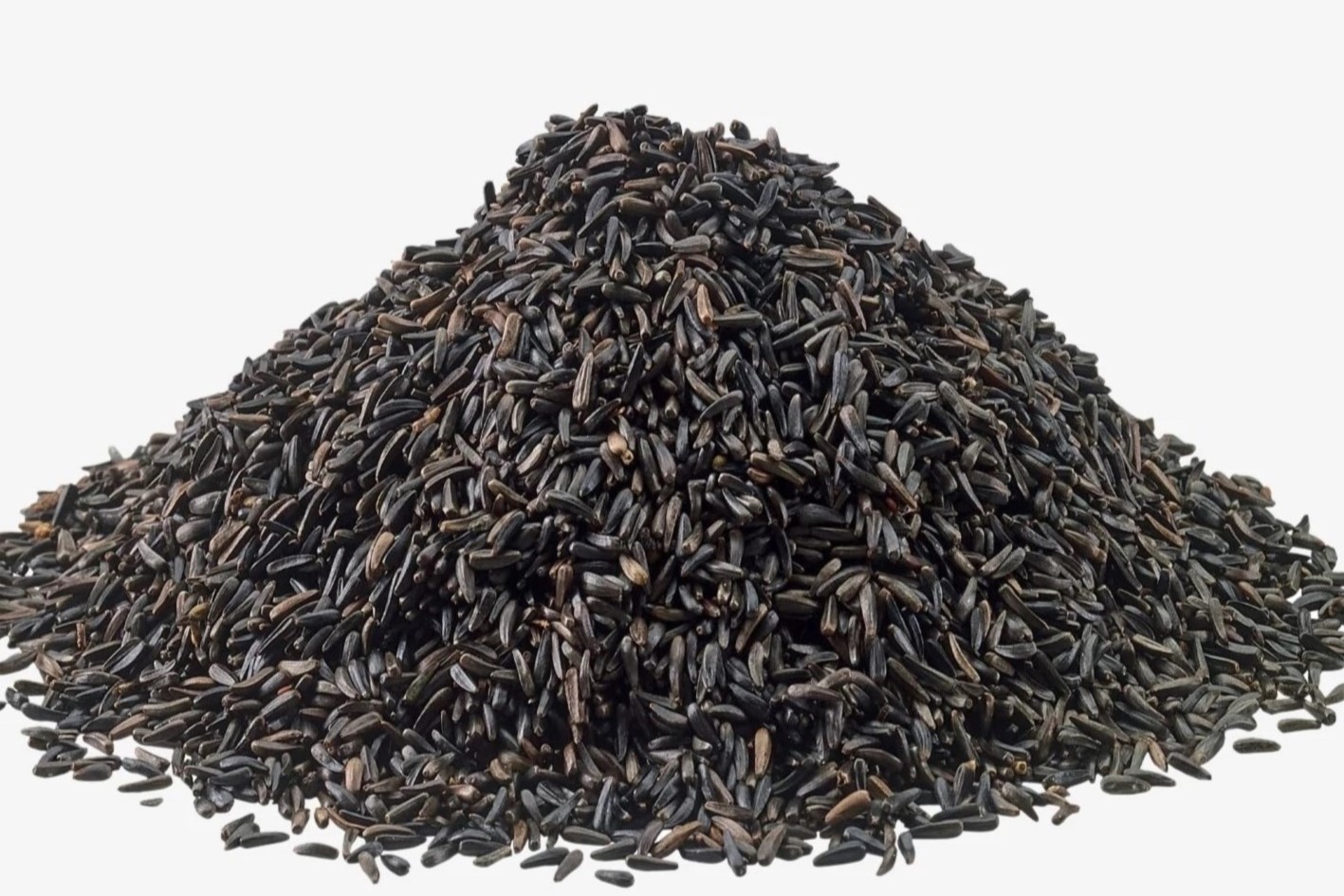
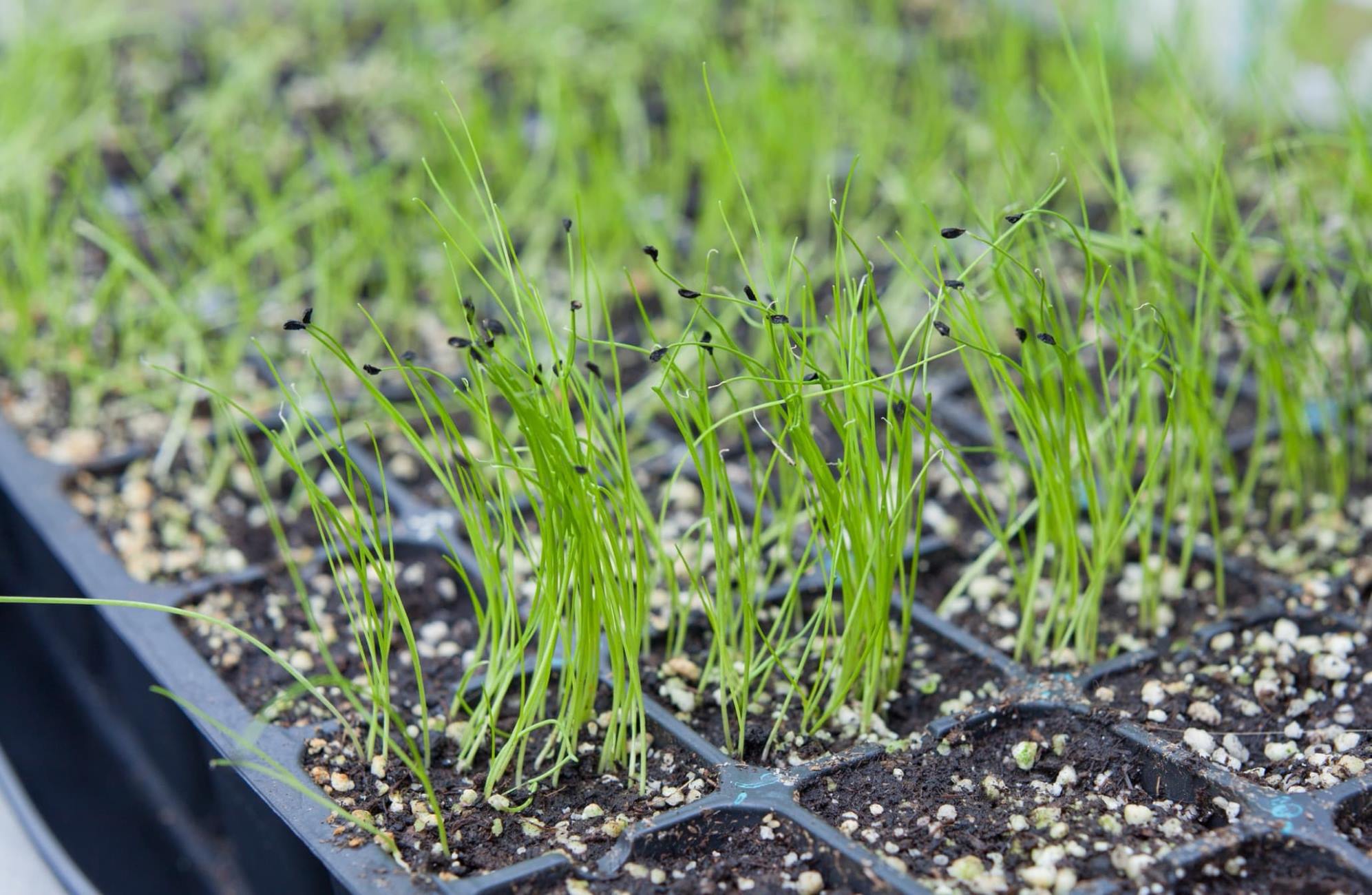
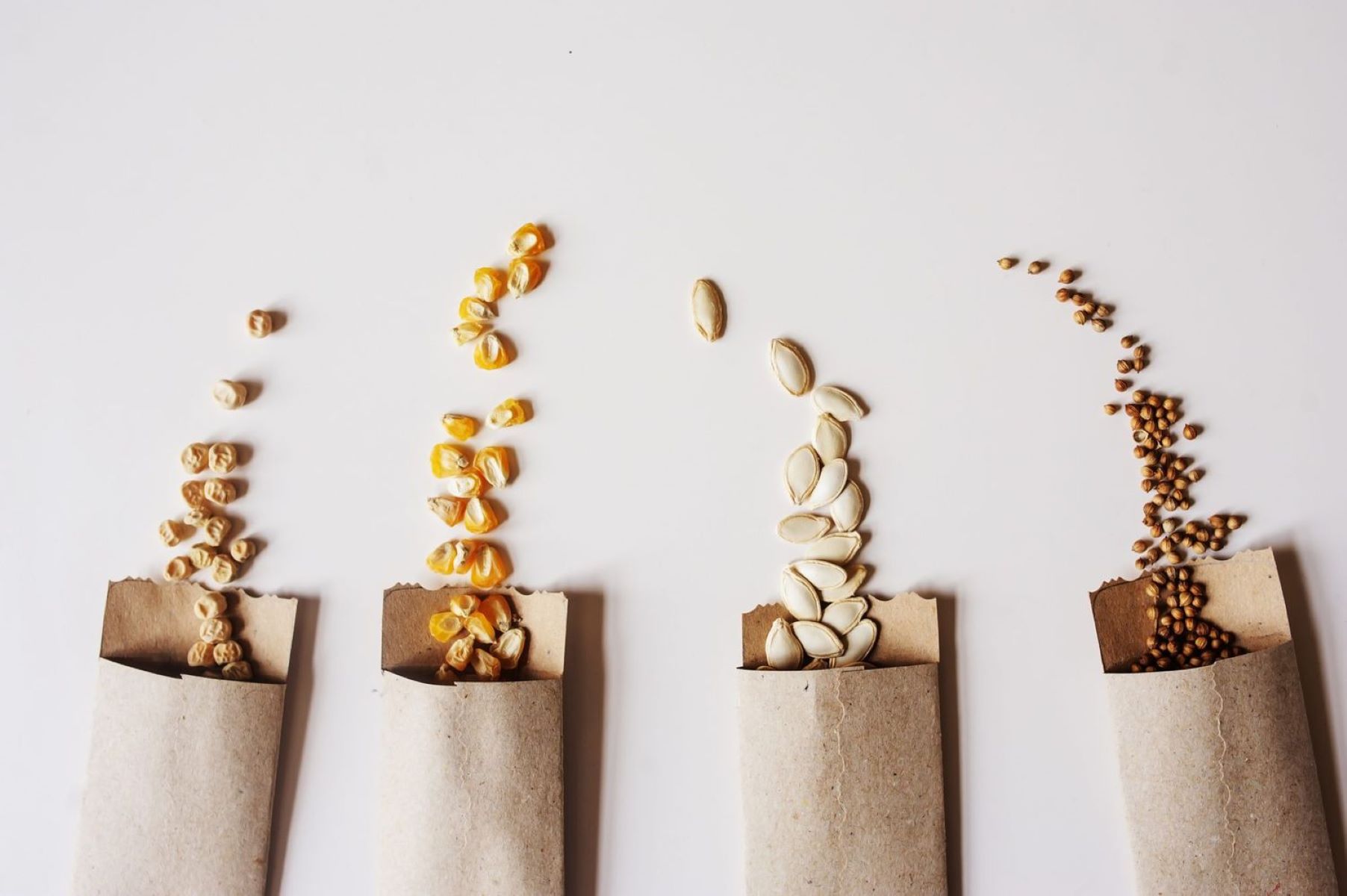
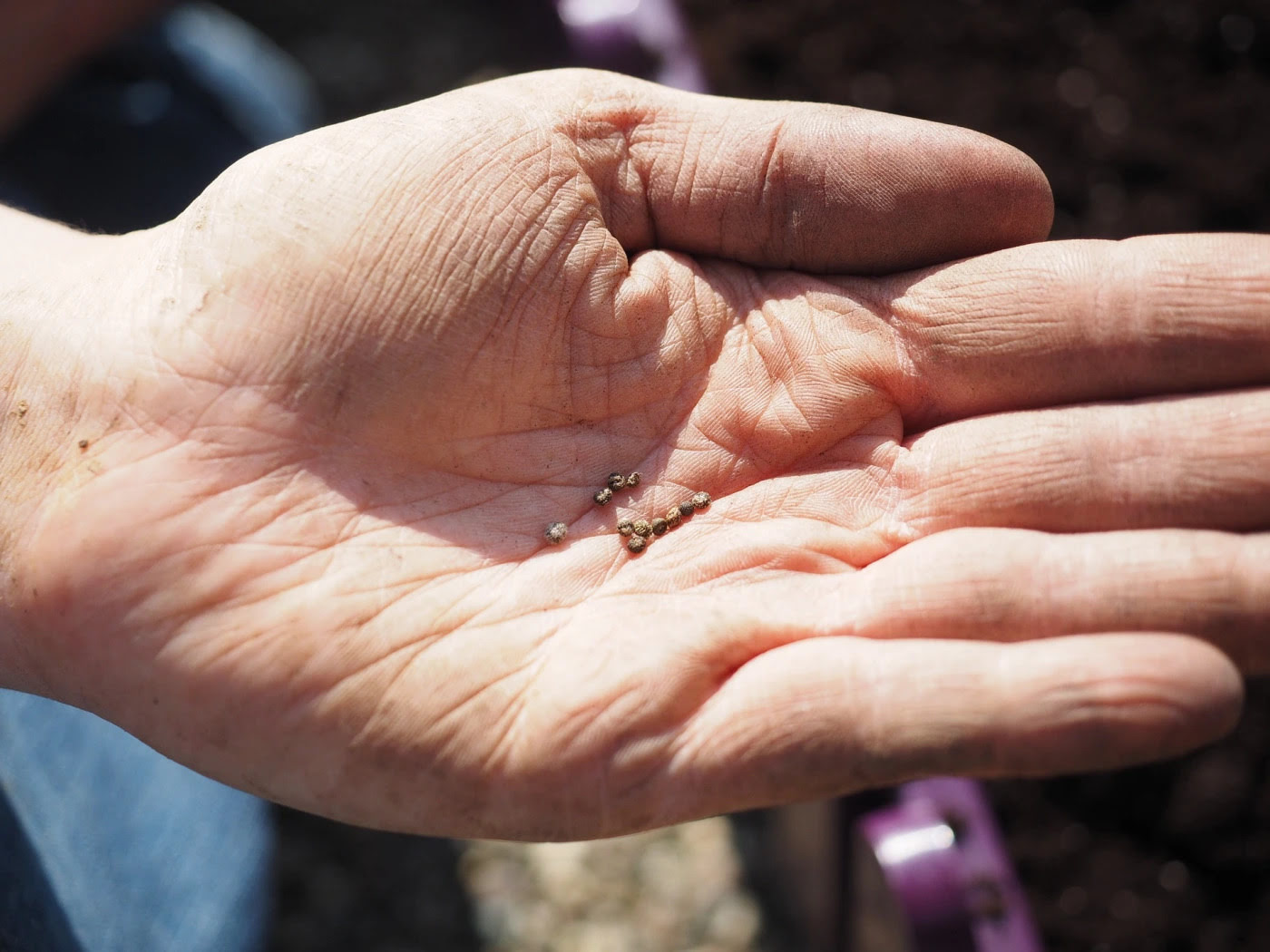
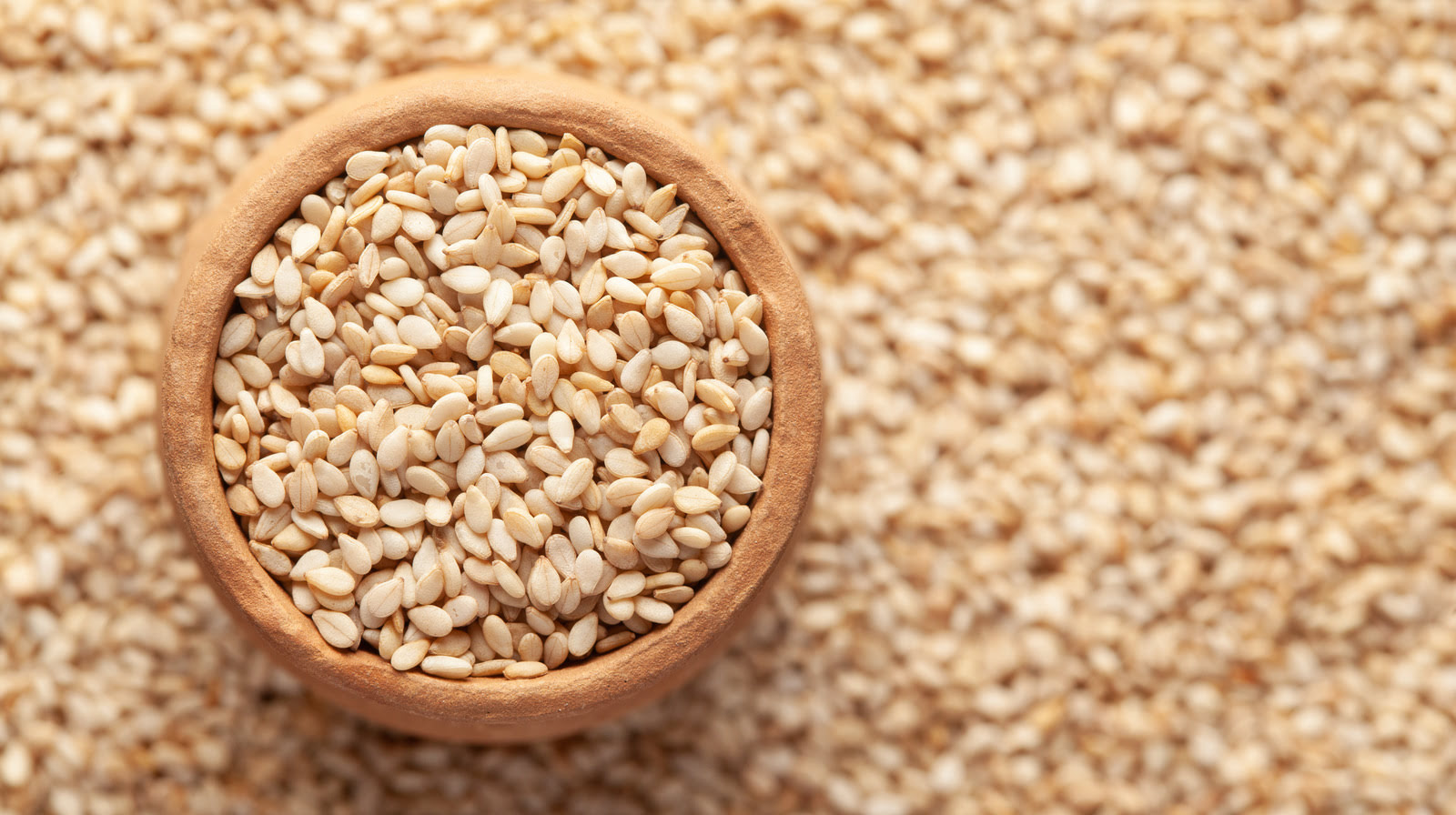

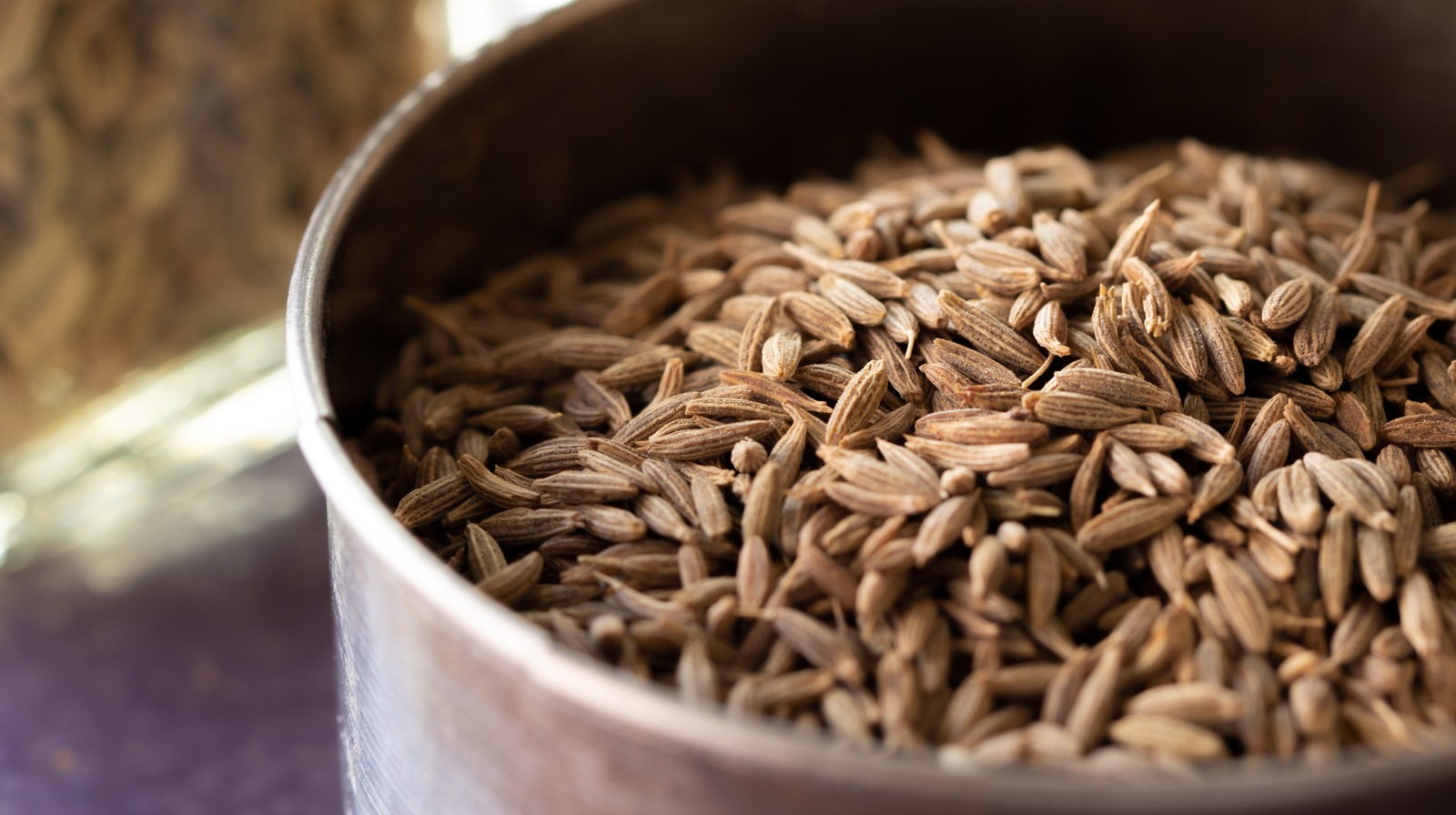
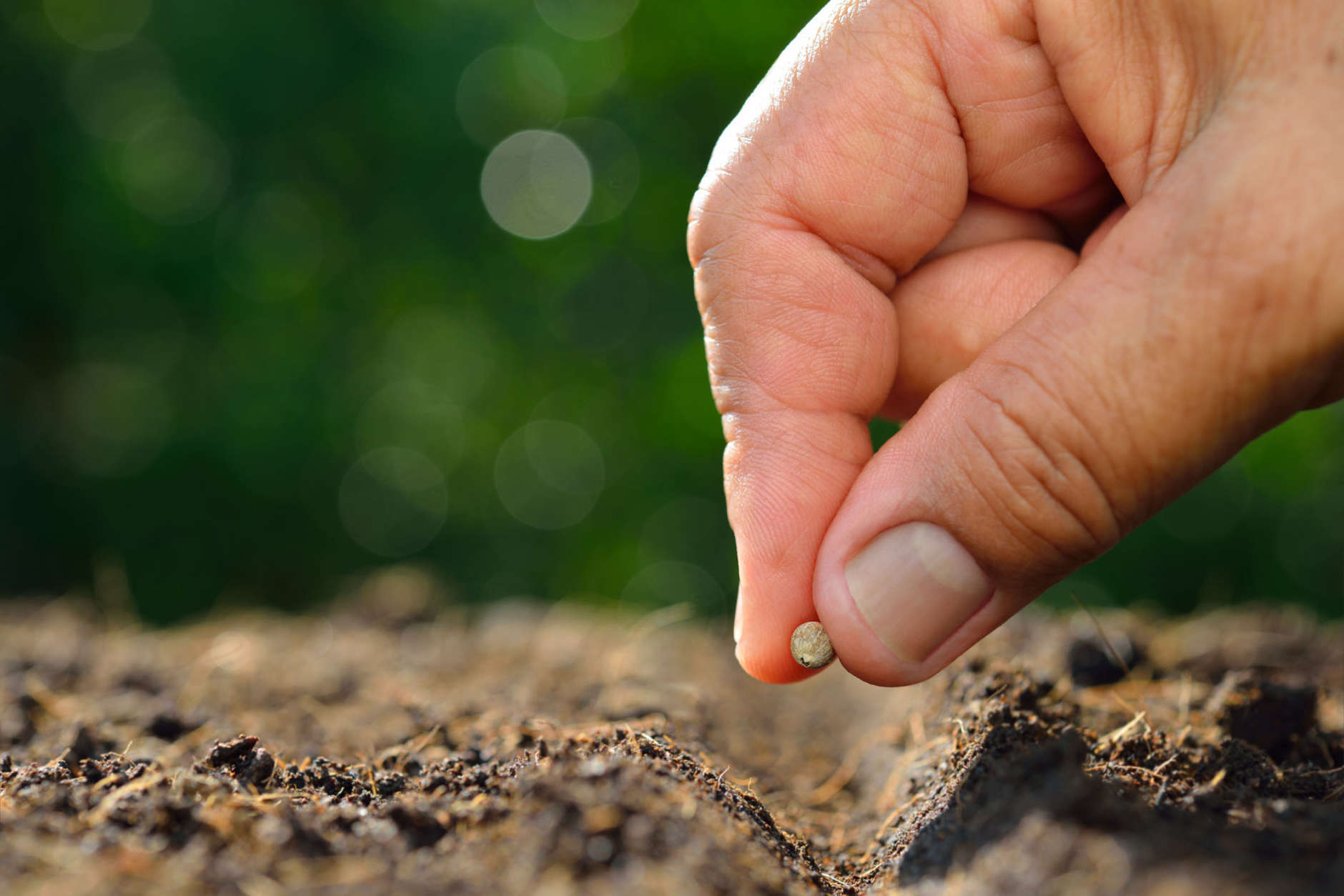
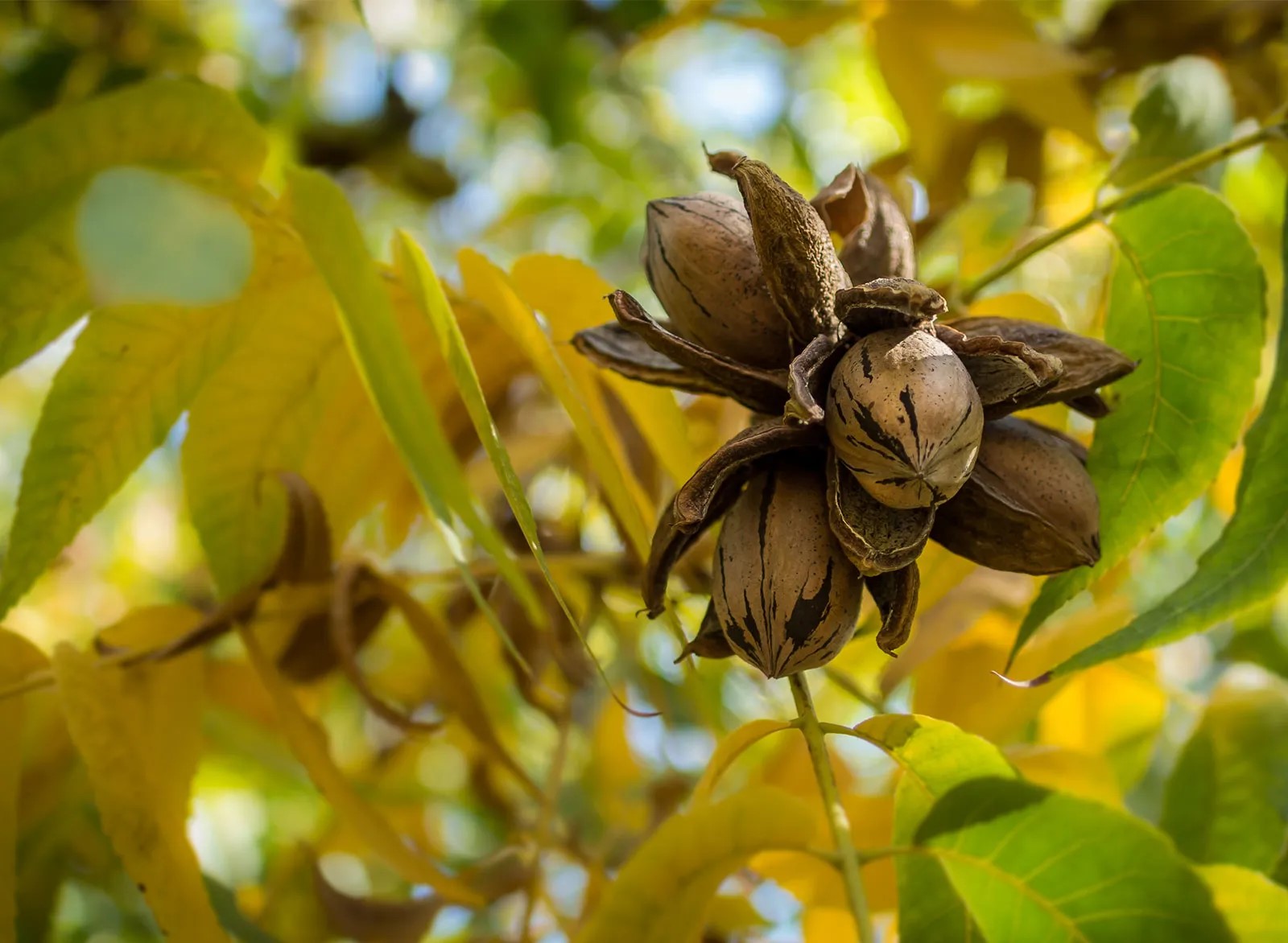

0 thoughts on “What Is Ramon Seeds”